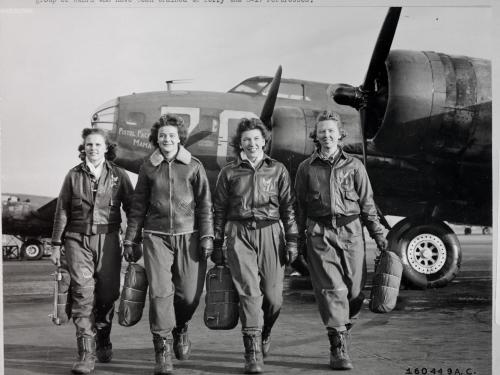
Story
In the mid twentieth century, the thought of sending humans into space was only the makings of science fiction. On April 9, 1959, sci-fi and reality merged as NASA introduced the seven American astronauts who would participate in the first human spaceflight program in the United States, Project Mercury.









